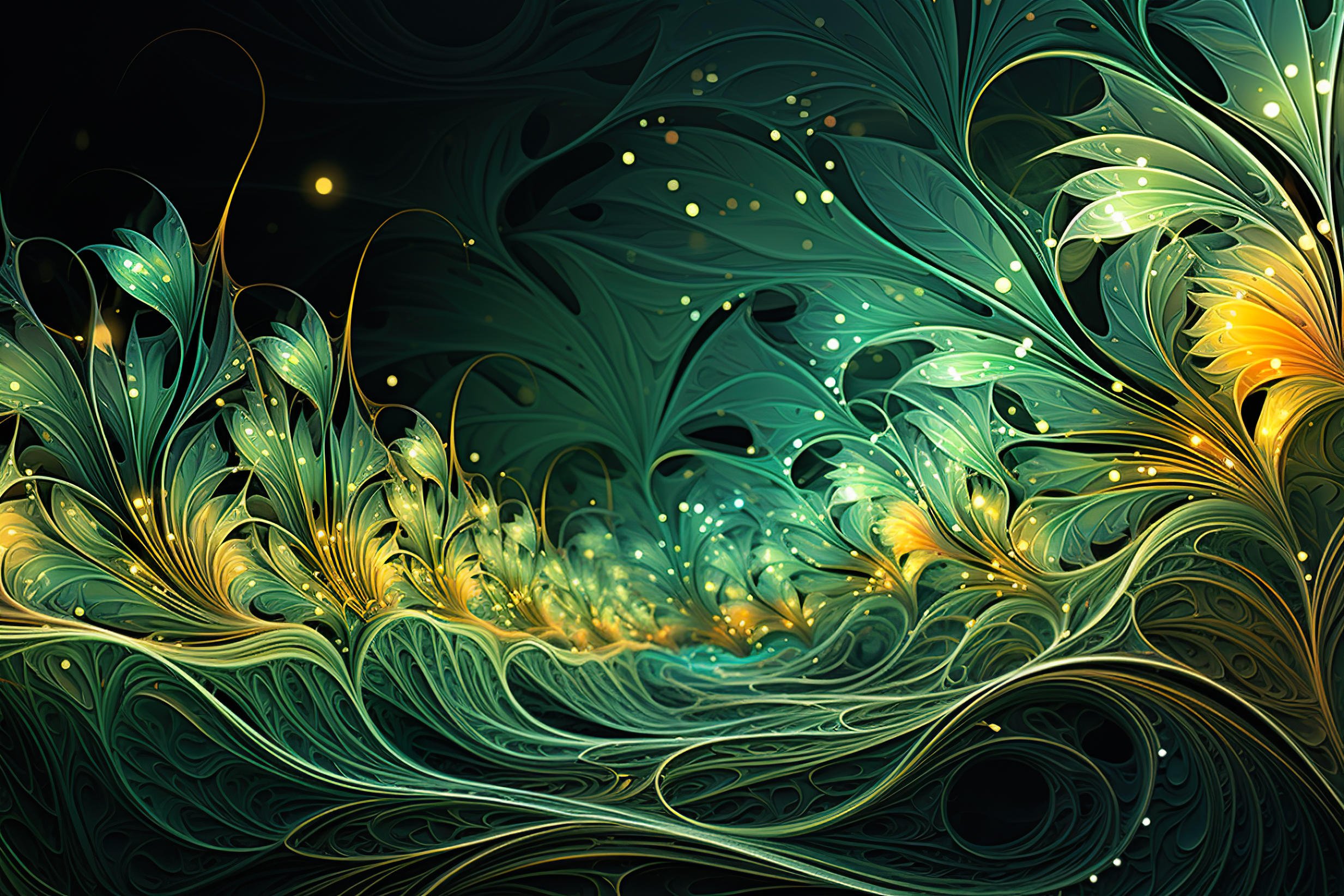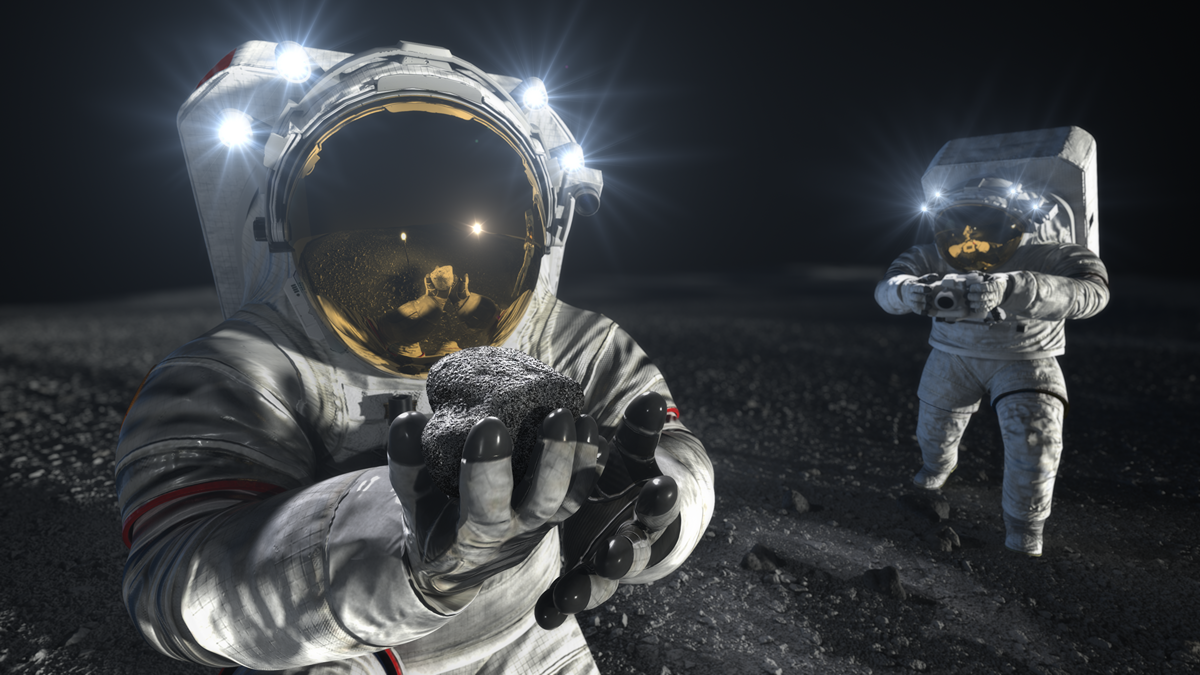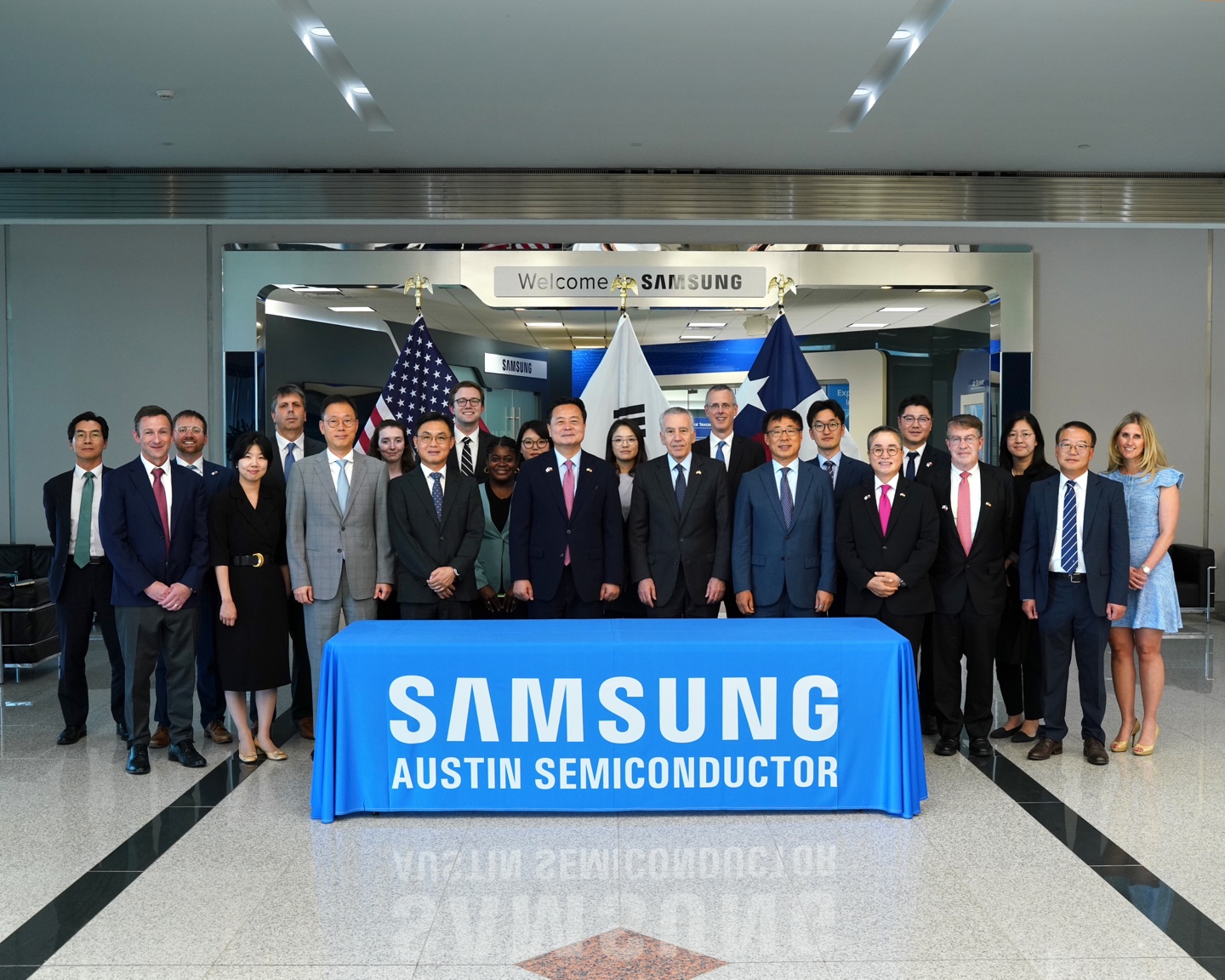
과학자들은 천연 광합성이 엑시톤 응축물과 유사한 특성을 보인다는 사실을 발견했습니다. 이는 일반적으로 매우 낮은 온도를 필요로 하는 마찰 없는 에너지 상태입니다. 이러한 통찰력은 기술 설계를 개선하여 에너지 효율성을 두 배로 높일 수 있습니다.
UChicago 연구원들은 엑시톤 응축의 “섬”이 새로운 발견을 위한 길을 열어주기를 희망합니다.
실험실 내부에서 과학자들은 원자가 거의 식을 때 형성되는 이상한 상태에 경탄합니다.[{” attribute=””>absolute zero. Meanwhile, just outside their window, trees are absorbing sunlight and converting it into new leaves. These two scenarios may seem entirely unrelated, but a recent study from the University of Chicago proposes that these processes are not as distinct as they might appear on the surface.
Published in the journal PRX Energy, the study established connections at the atomic level between the process of photosynthesis and exciton condensates, —a strange state of physics that allows energy to flow frictionlessly through a material. According to the authors, this discovery is not only fascinating from a scientific perspective, but it may also offer new perspectives for electronics design.
“As far as we know, these areas have never been connected before, so we found this very compelling and exciting,” said study co-author Prof. David Mazziotti.
Mazziotti’s lab specializes in modeling the complicated interactions of atoms and molecules as they display interesting properties. There’s no way to see these interactions with the naked eye, so computer modeling can give scientists a window into why the behavior happens—and can also provide a foundation for designing future technology.
In particular, Mazziotti and study co-authors Anna Schouten and LeeAnn Sager-Smith have been modeling what happens at the molecular level when photosynthesis occurs.
When a photon from the sun strikes a leaf, it sparks a change in a specially designed molecule. The energy knocks loose an electron. The electron, and the “hole” where it once was, can now travel around the leaf, carrying the energy of the sun to another area where it triggers a chemical reaction to make sugars for the plant.
Together, that traveling electron-and-hole-pair is referred to as an “exciton.” When the team took a birds-eye view and modeled how multiple excitons move around, they noticed something odd. They saw patterns in the paths of the excitons that looked remarkably familiar.
In fact, it looked very much like the behavior in a material that is known as a Bose-Einstein condensate, sometimes known as ‘the fifth state of matter.’ In this material, excitons can link up into the same quantum state—kind of like a set of bells all ringing perfectly in tune. This allows energy to move around the material with zero friction. (These sorts of strange behaviors intrigue scientists because they can be the seeds for remarkable technology—for example, a similar state called superconductivity is the basis for MRI machines).
According to the models created by Schouten, Sager-Smith, and Mazziotti, the excitons in a leaf can sometimes link up in ways similar to exciton condensate behavior.
This was a huge surprise. Exciton condensates have only been seen when the material is cooled down significantly below room temperature. It’d be kind of like seeing ice cubes forming in a cup of hot coffee.
“Photosynthetic light harvesting is taking place in a system that is at room temperature and what’s more, its structure is disordered—very unlike the pristine crystallized materials and cold temperatures that you use to make exciton condensates,” explained Schouten.
This effect isn’t total—it’s more akin to “islands” of condensates forming, the scientists said. “But that’s still enough to enhance energy transfer in the system,” said Sager-Smith. In fact, their models suggest it can as much as double the efficiency.
This opens up some new possibilities for generating synthetic materials for future technology, Mazziotti said. “A perfect ideal exciton condensate is sensitive and requires a lot of special conditions, but for realistic applications, it’s exciting to see something that boosts efficiency but can happen in ambient conditions.”
Mazziotti said the finding also plays into a broader approach his team has been exploring for a decade.
The interactions between atoms and molecules in processes like photosynthesis are incredibly complex—difficult even for a supercomputer to handle—so scientists have traditionally had to simplify their models in order to get a handle on them. But Mazziotti thinks some parts need to be left in: “We think local correlation of electrons are essential to capturing how nature actually works.”
Reference: “Exciton-Condensate-Like Amplification of Energy Transport in Light Harvesting” by Anna O. Schouten, LeeAnn M. Sager-Smith and David A. Mazziotti, 28 April 2023, PRX Energy.
DOI: 10.1103/PRXEnergy.2.023002

“요은 베이컨과 알코올에 대한 전문 지식을 가진 닌자입니다. 그의 탐험적인 성격은 다양한 경험을 통해 대중 문화에 대한 깊은 애정과 지식을 얻게 해주었습니다. 그는 자랑스러운 탐험가로서, 새로운 문화와 경험을 적극적으로 탐구하며, 대중 문화에 대한 그의 열정은 그의 작품 속에서도 느낄 수 있습니다.”







